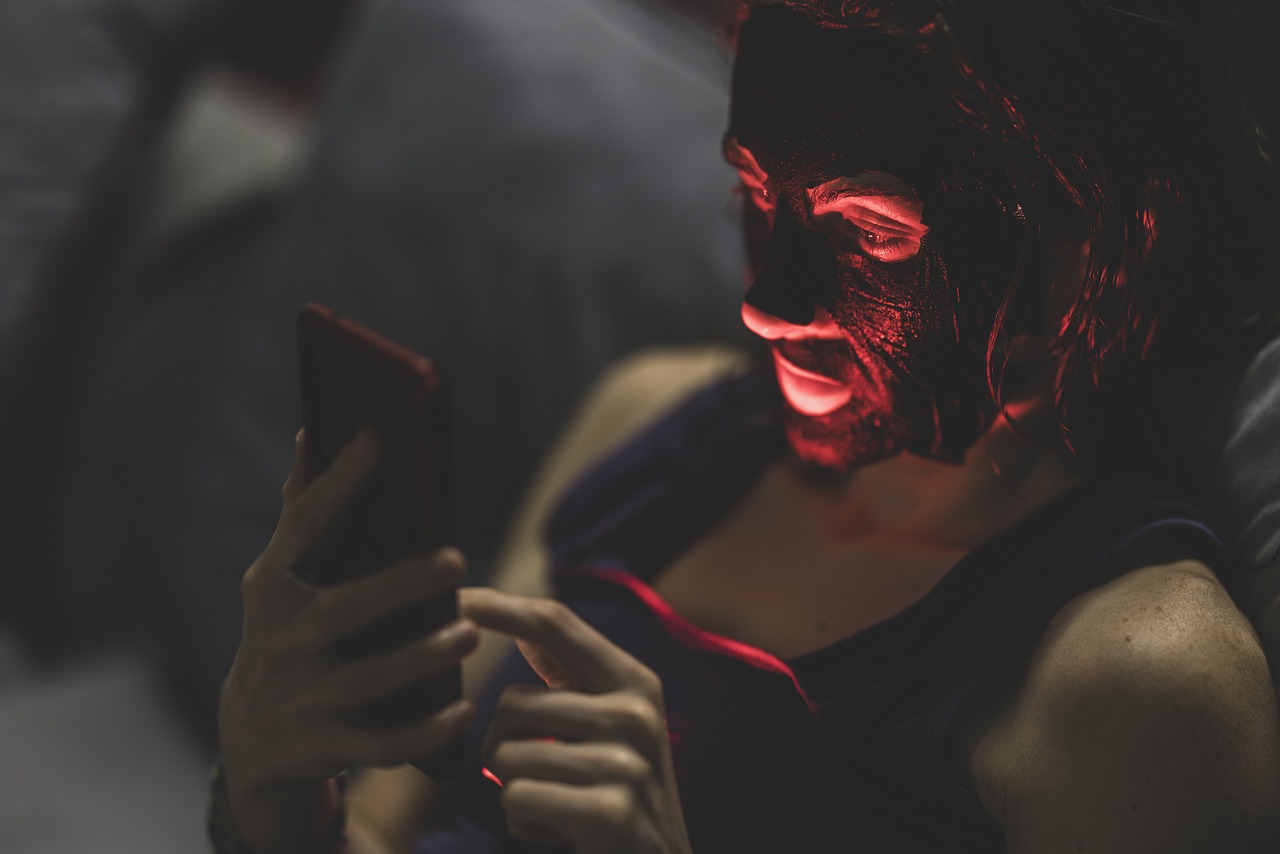As we age, our skin loses its elasticity, becomes thinner and more prone to wrinkles, and begins to show signs of age spots and other blemishes. For many people, these changes can be frustrating, and they may be tempted to try any number of anti-aging products or services in search of a youthful appearance. One such method gaining popularity in recent years is anti-aging light therapy.
Anti-aging light therapy, also known as phototherapy, uses different colors of light to penetrate deep into the skin to stimulate collagen and elastin production. Collagen and elastin are naturally-occurring proteins that give skin its flexibility, firmness, and fullness. As we age, our bodies produce less of these proteins, leading to the visible signs of aging. Anti-aging light therapy aims to reverse this process by increasing collagen and elastin production, resulting in a more youthful appearance.
There are several different types of anti-aging light therapy, including red light therapy, blue light therapy, and combination light therapy. Red light therapy is typically used to increase collagen and elastin production, while blue light therapy is commonly used to treat acne and other skin blemishes. Combination light therapy, as the name suggests, uses both red and blue light to target both anti-aging and acne treatment.
Anti-aging light therapy is typically administered via a device that emits the necessary light frequencies to penetrate the skin. These devices can range from handheld wands to larger machines, and are available for both home and professional use. Another common method of administering anti-aging light therapy is through a treatment known as light-emitting diode LED therapy. LED therapy works similarly to other forms of anti-aging light therapy, but uses LED lights to deliver the necessary wavelengths to the skin.
While anti-aging light therapy may sound like a miracle solution to aging skin, it is important to keep in mind that it is not a one-size-fits-all solution. Results may vary based on a number of factors, including skin type, age, and overall health. Additionally, anti-aging light therapy should not replace a healthy skincare routine that includes daily cleansing, moisturizing, and sun protection.
Despite these caveats, many people have reported positive results from using anti-aging light therapy. Benefits may include reduced appearance of fine lines and wrinkles, improved skin texture and tone, and a more youthful overall appearance. Additionally, anti-aging light therapy is a non-invasive treatment, which means it does not require any needles or surgery.
If you are interested in trying anti-aging light therapy, it is important to do your research first. Look for reputable providers who offer safe and effective treatments, and be sure to follow all instructions carefully. It is also a good idea to speak with your healthcare provider before starting any new skincare regimen, especially if you have any underlying health conditions.
Anti-ageing light therapy is a treatment that uses different light colors to increase the production of necessary proteins for healthy skin. This method aims to reverse the visible signs of ageing by stimulating collagen and elastin production to achieve a more youthful and healthier appearance. LED light therapy is one of the most common methods of administering anti-ageing light therapy. It is important to note that anti-ageing light therapy is not a one-size-fits-all solution and should not replace a healthy skincare routine.
Anti-aging light therapy is a promising new skincare treatment that may offer benefits for those looking to reverse the visible signs of aging. However, as with any new treatment, it is important to approach it with caution, and to do your research before investing time and money into it. With proper use and a healthy skincare routine, anti-aging light therapy may just be able to help you achieve a more youthful appearance and a greater sense of confidence and well-being.
